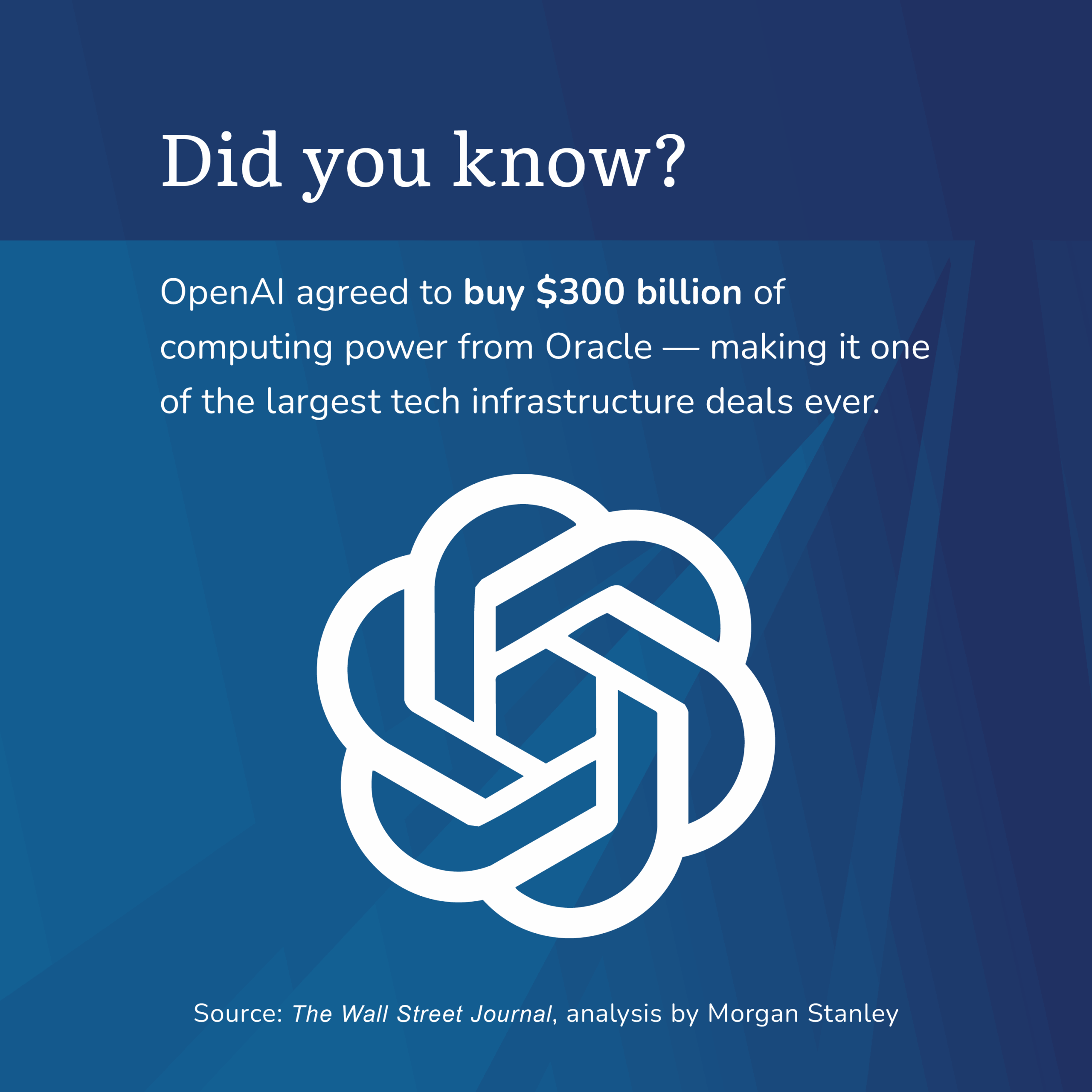Irrational Investing: You’re Not the only One Who’s Nuts
Good news! You’re not irrational, you’re human.
I just came from one of the most exciting lectures I’ve ever attended. That shouldn’t be a big surprise, because Danny Kahneman, the speaker, is a Nobel Laureate. Professor Kahneman received the Nobel Prize in economics for what has become known as Behavioral Economics. Basically, his studies brought to light the difference between the rational investor—someone who always rationally makes investment decisions in his or her best financial interest—and real people like you and me. We live in a complex world and that’s certainly true of investing.
To manage the complexities of life, we often use something called heuristics to help us efficiently make decisions in spite of complexities. Think of heuristics as mental shortcuts. Most of the time, these shortcuts work out well; unfortunately, they sometimes result in our making decisions that, when looked at objectively, seem irrational. Each of us also comes complete with a bunch of cognitive biases that lead us to create our own reality, which may not be consistent with the real world. Let me share some examples from Professor Kahneman’s lecture.
Built-In Bias
Just after being introduced, Kahneman asked everyone to look at the audience in the room (there were about one hundred financial planners in attendance). After a few seconds of our rubbernecking, he asked us to raise our hands if we believed that the quality of our planning advice is above the average represented by the other planners in the room. Well, surprise, surprise, we were all above average—just like Garrison Keeler’s Lake Woebegone, where all of the kids are above average.
The problem, of course, is that’s not rational. Half of the audience must have been below average. Professor Kahneman explained that as humans we have an innate overconfidence bias that leads us to have confidence in our judgment—a confidence greater than objective accuracy would suggest. How, he asked, might that get us into trouble when investing? Lots of ways.
We are often overconfident in our ability to pick investments or in the abilities of the money manager we love or the ability of financial media mavens to guide us to the best investments.
Kahneman told the audience about the research of Terry Odean and Brad Barber, University of California professors, who studied the trading results of almost seventy thousand households during a six-year period, accounting for about two million buys and sales. They found that investors who traded the most—those with the most confidence and the best ideas—earned an annual return 11.4 percent. The problem was that the market return was 17.9 percent. The professors’ conclusion? Overconfidence in your good idea may be hazardous to your wealth.
The best protection we have against overconfidence is to step back and apply a strong dose of humility and skepticism before we act.
Next, Kahneman put up a slide that looked something like this:
HHTHTTHTTH
TTTTTTTTTTT
He explained that it represented the results of tossing two coins ten times. He and asked which one we thought was the fair coin and which one was bogus. As sophisticated practitioners we knew instantly that the second coin was bogus: Ten tails in a row? Give me a break. In hindsight, I’m embarrassed to say we fell for the heuristic called representativeness. You know the one: if it walks like a duck and quacks like a duck, it must be a duck.
The problem is that the randomness heuristic led us astray. Had we stopped to think it through, we would have realized that getting ten tails in a row is just as random as the first toss series; the problem was it didn’t look random. Our brains, knowing a coin toss is random, took a shortcut and concluded that toss one looked random so it was authentic; toss two was obviously not random, so it must be bogus.
How can that get us in investment trouble? Ever consider investing in a fund with a Morningstar rating of less than four or five stars? Probably not; bad mistake. Use the star information as one element in your selection process, but the Morningstar ratings are not guarantees of future superior performance. You need to do a lot more research than simply defaulting to the stars as the sole selection criterion. Doing so puts you at serious risk of picking a loser and rejecting a superior investment.
Muddled Math
Professor Kahneman also introduced us to the work of Professor Dick Thaler on mental accounting. It seems that in addition to occasionally being misled by our heuristics and biases, we also stumble over what would seem to be simple math. I know this from personal experience with my clients. I remember having a visit after the tech bust from a retired surgeon, who came into my office almost in tears.
“Harold, I don’t understand. Last year I made 80 percent on my investments and this year I lost only 60 percent, yet my statement says I’m way under water!”
My client’s mental accounting told him that a gain of 80 percent less a loss of 60 percent should leave him 20 percent ahead. The reality was that his original $1,000,000 investment grew 80 percent to $1,800,000, so his 60 percent loss was on $1,800,000, for a loss of $1,080,000. The end result? A balance of $1,800,000 less $1,080,000 left him with only $720,000. It was a painful way to learn that big losses take much bigger gains to recover.
Consider, for example, a volatile investment of $100,000 that loses 50 percent the first year, leaving you with $50,000. Suppose the next year you make 50 percent, so your average return for the two years is 0 percent. Did you break even? Nope. Your $50,000 grew 50 percent to $75,000, leaving you $25,000 under water. Remember that the next time you want to risk funds in a high flyer.
Framing
Kahneman presented much more on the problems investors face because we’re human and not necessarily rational. Then he provided us with the hope that we might help our clients (and ourselves) be better investors through the power of framing.
Framing has to do with the idea that the way people behave depends on how questions are framed. Suppose I offered you two brands of chocolate bars. One was 90 percent fat free and the other contained 10 percent fat. I’ll bet I know which one you’d chose. Have you looked for prunes lately? You may have trouble finding them unless you look for dried plums. The Sunkist marketing department understands framing.
How can you use this technique to be a better investor? Here are a few ideas:
The next time your neighbor gives you a hot tip, instead of focusing on all the good things that might happen, reframe your focus and ask yourself what might go wrong. My partner, Deena, once helped a client make an important decision by pointing out that if she made the significant investment she was considering and it succeeded, she could increase her standard of living by 10 percent. However, if it didn’t pan out, she would have to work four years beyond her planned retirement date to make up for the loss. She passed on the opportunity. She may not have made a killing and missed out on taking a world cruise, but she was able to retire just when she wanted to.
Reframe your performance-evaluation horizon. Investing for retirement is investing for the rest of your life, so when evaluating your investment’s performance, keep your eye on the long-term, not the daily market gyrations. That means skip the comparisons to last month, last quarter, or year-to-date performance and look at performance over years and market cycles. Also, reframe your benchmark. You might compare your large-cap core manager’s performance to the S&P 500 but not to your portfolio. Instead, consider using a real-return benchmark—compare your portfolio return to inflation. After all, that’s what your plan should be based on.
Are you holding a position in a stock at a big paper loss, but you’re reluctant to sell because then it would be a real loss? If I asked you whether you’d buy that stock today, you’d tell me I’m nuts. You wouldn’t touch that dog with a ten-foot pole! Let’s reframe your decision. Since the cost of trading today is negligible, you could sell your investment tomorrow and have the cash proceeds in your hand almost immediately. That means by holding onto your stock, you’ve made the decision to buy it again!
The moral? We’re human, not rational, and recognizing reality and learning about some of the problems our biases and heuristics get us into and using framing to help manage these risks will make us far better investors.
This blog is a chapter from Harold Evensky’s “Hello Harold: A Veteran Financial Advisor Shares Stories to Help Make You Be a Better Investor”. Available for purchase on Amazon.
Find out more about our risk management strategies!
Categories
Recent Insights
-

When Love Ends, Who Keeps the Picasso? Dividing Art and Collectibles in Divorce
Divorce is never only about dividing assets. For many couples, the most difficult conversations don’t revolve around bank accounts or real estate—they center on the art, antiques, wine, or collectibles that hold both financial and emotional weight. Over the years, I’ve seen how these items often represent more than monetary value. They are memories, passions,…
-

Talk Your Chart | Market Reversals, AI Interdependence, and What Investors Should Know | Ep. 74
In episode 74 of Talk Your Chart, Brett Horowitz is joined by Lane Jones, Chief Investment Officer at Evensky & Katz / Foldes, to examine some of the most surprising market behaviors of 2025. They break down this year’s historic intraday reversals, why strong economic data can still trigger weak market reactions, and how rate-cut…
-

Combining Donor-Advised Funds and Private Family Foundations for Charitable Giving
When families embark on a philanthropic journey, they often consider whether to create a private family foundation (PFF) or establish a donor-advised fund (DAF). Both vehicles are powerful tools, each with distinct advantages. In practice, many families find that using both together can provide the flexibility, simplicity, and impact they seek. With careful planning, the…
-

Here’s How To Take Your Wine Investment Portfolio to the Next Level
Many investors exploring the world of wine as an asset start with a handful of bottles or a platform account. However, the real challenge (and opportunity) lies in taking a portfolio from “starter” to strategically optimized.
-

The OBBA §179 Deduction: Conversations Every Business Owner Should Be Having
It’s all the buzz… Congress passed another “new law” — the One Big Beautiful Bill Act (OBBBA). In it, major changes to the OBBA §179 deduction start in 2025. For small and mid-sized businesses, this could result in significant tax savings and better cash flow when investing in equipment, technology, or improvements. Forget all the…
